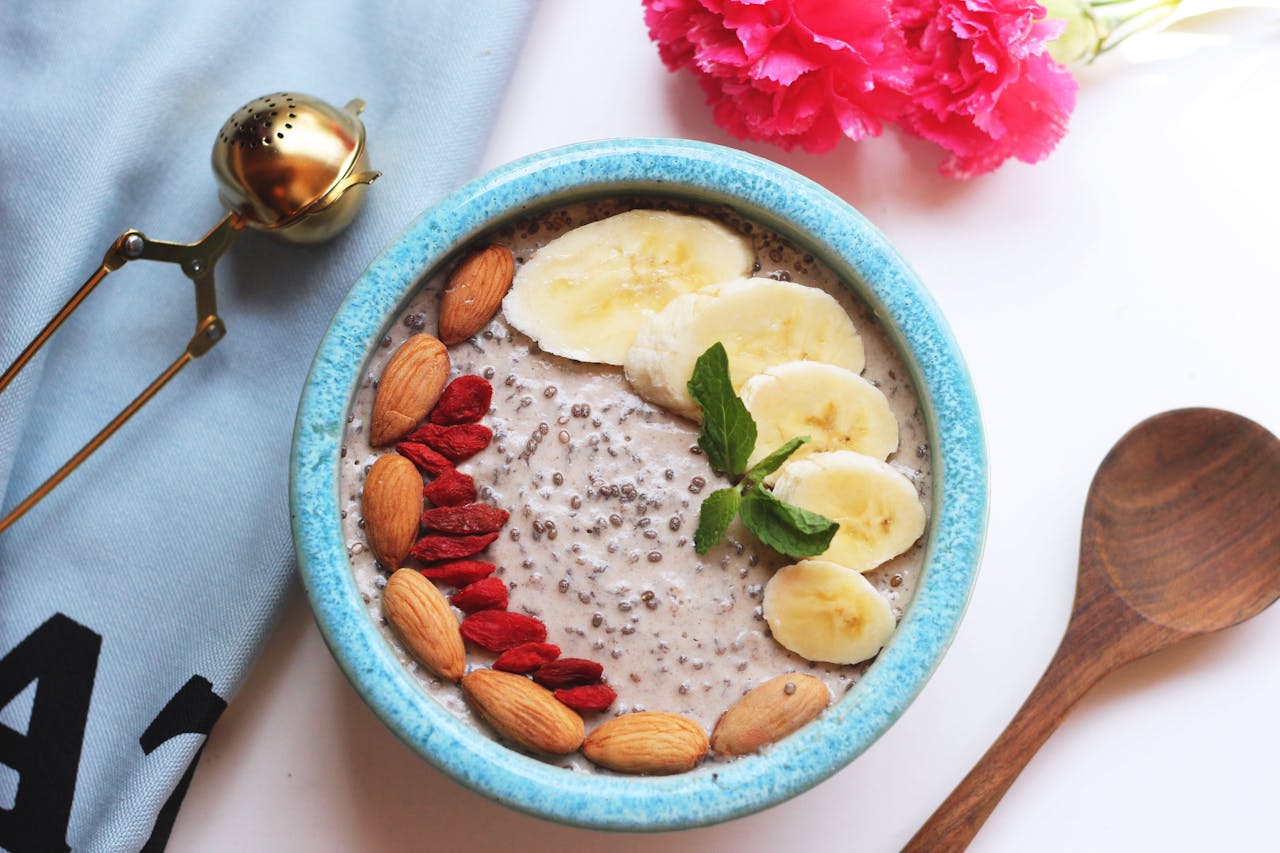We’ve all been there. Every January promises a new beginning – a chance to start over and do better in the new year. We set out health goals, vowing to exercise more, eat healthier and take better care of ourselves. And yet, by February, gym attendance drops, motivation seems to fade away, and old habits creep back in.

So, why is sticking to our New Year resolutions so hard?
Forcing ourselves to do extreme workouts, follow strict diets, and essentially focus on quick fixes is not sustainable. The key is trying to gradually incorporate healthy habits that fit our lifestyle and that we can more easily adopt. Instead of quickly getting into shape, we should pursue consistency and balance and shift our mindset towards long-term health.
In this guide, we will share some expert-backed strategies from professional osteopaths in London to help you build consistent, long-term healthy habits that will last way beyond January.
So buckle up and set yourself up for success. No burnout is required.
So, What Is a Good Exercise Routine?
Before we dive into building healthy habits, it is good to take the time to understand what good healthy habits actually are. Many people hit the gym at the beginning of January with their eyes on the prize. Those who look for weight loss spend a lot of time on cardio, while others who want to build muscle often skip it altogether.
But as we already mentioned, it is about what is good for your body and creating a balanced exercise program that can be sustained over time.
Based on studies and professional advice, a good exercise routine should include aerobic exercise, strength training, and balance and flexibility exercises. The goal is to do a bit consistently most days of the week.
Here’s an example of what this looks like:
- Aerobic Exercise
Aerobic activities include anything that raises your heartbeat and makes you sweat. Jogging, running, or biking are good examples of vigorous activities you could aim to do for up to 75 minutes a week.
If you prefer more moderate cardio sessions, then walking for up to 150 minutes a week will be enough. And if you feel like having fun, a simple dance session in your living room can do the trick!
- Strength Training
If aerobic exercises are about maintaining a healthy heartbeat and mindset, strength training exercises your major muscle groups. To do so, aim to incorporate some series of squats, push-ups, weight lifting, and crutches at least two times a week.
And to know you are doing well, you should aim to tire your muscles after about 12 to 15 repetitions.
- Building Balance & Flexibility
These are the most gentle exercises you can include in your routine. Yoga or morning stretching is sufficient to improve your posture, help you prevent injuries when exercising more vigorously, and increase your range of motion.
Setting Realistic Goals
Now that we know what our body needs to thrive, we can focus on setting realistic goals that will help us maintain our healthy habits in the long term. Forget about dramatic transformations and shift your eyes from the prize to the process. Focus on the progress and the sustainable changes you can incorporate and follow to improve your overall health.
A great way to do this is using the SMART goal framework. Essentially, you make sure your goals are Specific, Measurable, Achievable, Relevant, and Time-bound.
What does this look like? Well, rather than just deciding you want to “get fit”, aim to walk 10,000 steps a day or join workout classes twice or three times a week. You have a specific goal you can measure and achieve that is relevant to your health and is bound to specific times.
Goals that are meaningful are also more sustainable. Instead of losing weight, focus your motivation on something more positive, like boosting energy levels or improving mental well-being. You will soon notice that such a perspective that aligns with your values can help you stay committed even when motivation dips.
Move Your Body in Ways that Bring You Joy
Being healthy and taking care of yourself and your body shouldn’t feel like a chore. It should be something you genuinely enjoy. Don’t force yourself to go to the gym if you don’t like spending time there. The key to consistency is finding the activities that excite you. Maybe it’s not running but dancing or swimming? Perhaps you’d rather train in a group rather than alone?
Aim to engage in workouts that make you happy, and you will soon look forward to sweating. Combine this perspective with a balanced routine that doesn’t burn you out, and you will find it easier to maintain it long-term.
Another good tip is to treat your workouts as a non-negotiable part of your schedule. Book them in your calendar. After all, they are important meetings you have with yourself.
Learn to Listen to Your Body & Prioritise Recovery
Once we get hyped about our exercise routine, we tend to overdo it and forget that recovery is just as important as the workout itself. Remember that proper rest is essential. Your body needs time to repair. Otherwise, burnout and fatigue will follow, increasing the risk of injuries.
Schedule rest days like you schedule workouts. Stretch before and after your exercise session and stay hydrated to keep your muscles flexible and reduce post-workout soreness.
Sleep is another vital factor in fitness progress. It is during sleep that your body heals and rebuilds the most. So make sure you get as much as you can from it.
Finally, if you are dealing with persistent aches or discomfort, visiting a professional osteopath can be a great way to address muscle imbalance, improve mobility, and prevent injuries.
Remember You Are Not Alone In This
What often sustains our motivation in many aspects of life is knowing we are not alone in our endeavours. Building a strong support system can really make a difference in sticking to your health goals. The key is in the accountability you get, whether through having a workout buddy, joining a class or an online community.
Another way to stay on track is to track your progress, but it is crucial not to let it become an obsession. You can use a journal or fitness app or follow the simple milestones you achieve as you go. These will give you a more visual representation of your progress and remind you it is a long-term journey.
Also, remember that as much as your weight loss and muscle gain are reasons to celebrate, so is your consistency. This is the truly challenging part and the one that makes all the difference to your well-being. So, good job, and keep it going!
Staying Motivated in The Long Run
It is unrealistic to think we won’t encounter setbacks on our journey to better habits. There will be bad days for sure, but they don’t have to derail your progress or make you feel down. Instead, take them as a learning experience. A missed workout or an unhealthy meal doesn’t have to be a failure. They are a sign something is not working well for you, and maybe you need to adjust your routine.
After all, progress comes with challenges, and part of the journey is learning to adapt to your goals. What worked in January may not do so in March. So, stay flexible and keep an open mind.
And remember, the key is building habits that make health a natural part of your lifestyle. Consistency, not perfection, will lead you to lasting changes.

